Intermediates
Gallantry and accessories
Blog Piekiełka
Amethyst - a purple variety of quartz
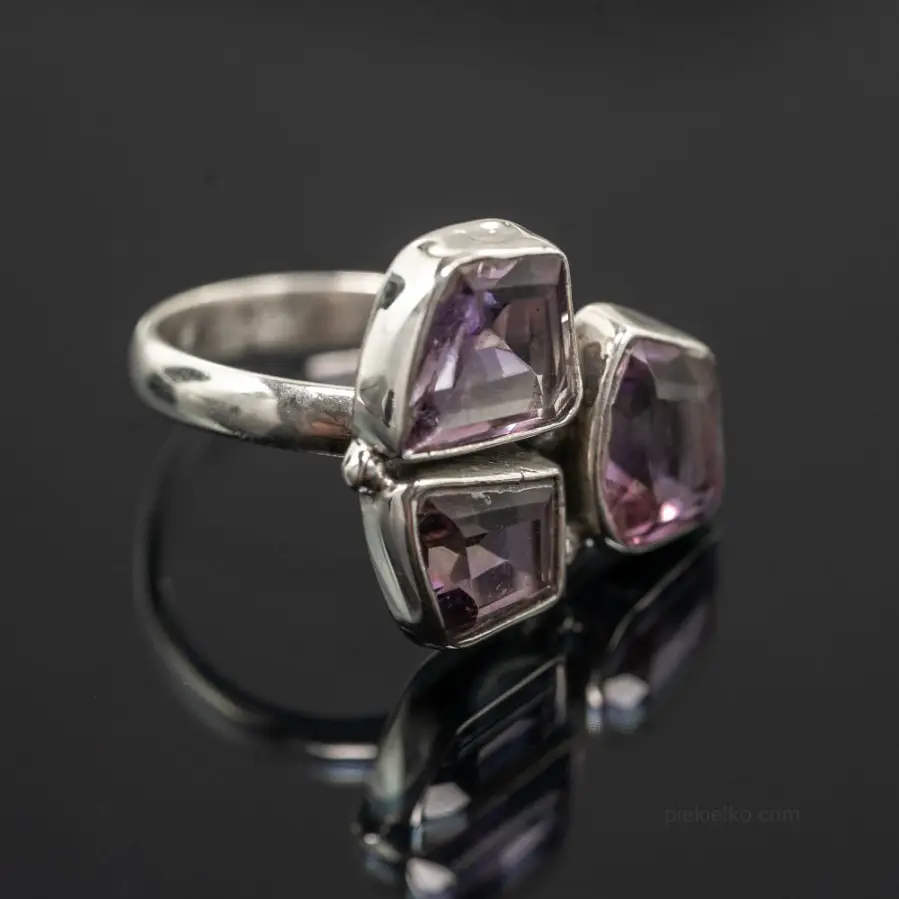
The name of this stone used in jewelry comes from the Greek words ἀ and μέθυστος(amethystos), which can be translated as "not drunk." According to ancient beliefs, wearing an amethyst around one's neck or on one's finger was supposed to protect against the effects of alcoholism. Also, drinking wine from an amethyst cup protected the drinker from getting drunk. Originally, this belief (or rather superstition) originated from the custom of diluting red wine with water, so that it took on a reddish-purple color - just amethyst. It was possible to drink a relatively large amount of such wine without getting drunk and suffering a subsequent hangover.
An explanation for the origin of amethyst is the story according to which Bacchus, the god of wine, frightened a young girl so much that she fossilized in the form of a crystal. The god then sighed, and when his breath reached the stone, it turned the color of wine. According to another version, it was the goddess Diana, jealous of a nymph's love for Bacchus, who turned her into an amethyst.
Amethyst was attributed not only protection from drunkenness, but also from thievery. This fact is confirmed by the findings of old graves with ornaments made of amethyst, which do not bear traces of robbery in the location of the stones (for example, necklaces, even if there were also gold pendants next to them. It is very possible that in that era there was a belief (unreproducible today) about some drastic effect of amethyst on the thief.
If even few people today believe in superstitions, after all, before a holiday party or a New Year's party it wouldn't hurt to stock up on some amethyst jewelry.
Properties of amethyst
Amethyst is a lilac or purple variety of quartz, with this group of stones, in addition to amethyst, including rock crystal, aventurine, citrine, carnelian, opal, agate and quartz tiger's eye.
Chemically, amethyst is silicon dioxide with iron, aluminum, magnesium, calcium, lithium and sodium. Amethyst crystallizes in a trigonal system and forms prismatic, columnar crystals. It often occurs in clusters in the form of crystal brush or spherical aggregates.
Amethysts do not show the ability to split, the fracture surface is uneven. Their luster is glassy with varying degrees of transparency of the mineral. On Friedrich Mohs' ten-point scale of mineral hardness, amethyst counts from 6.5 to 7, which allows it to be counted as a hard mineral.
Even though many different minerals have the potential to be gemstones, qualifying as a gemstone requires certain conditions. In addition to beauty and rarity, gemstones are also characterized by their corresponding hardness. Since beauty is a subjective factor, the transparency, purity of color and brilliance of the crystal are taken into account as measurable criteria. A gemstone that is clear and transparent, uniform in color and intensely lustrous is considered particularly beautiful. The criterion of hardness is similarly unambiguous, and only a seven on the Mohs scale entitles one to the title of gemstone. All other minerals were referred to as semi-precious. In order to avoid the pejorative overtones of the term "semi-precious", more recently the term "ornamental stones" is used.
As you can see, amethyst does not meet the criterion of hardness of a gemstone, its density is 2.63-2.65 g/cm3.
Color of amethyst
The color of this semi-precious stone has different varieties:
light pink (this is the so-called "Rose de France" amethyst),
reddish purple,
typical amethyst purple - in various degrees of intensity, partly even colorless with a slight whiff of purple.
Swedish mineralogist and chemist Johan Wallerius (1709-1785) describes the color of amethyst as "pale violet-blue, sometimes passing into bluish-red." German crystallographer and geologist Carl Naumann (1797-1873), on the other hand, defines the typical color of amethyst as "violet-blue to bluish and reddish white, rarely uniform, most often cloudy and blotchy with zigzag streaks."
In fact, amethyst purple is not always pure purple; often the basic tone is altered by a slight inclusion of gray, blue or pink. Siberian amethyst (Deep Russian Amethyste) is considered particularly valuable, distinguished by its dark purple color, which turns blue or red depending on the direction and source of light. The term "Siberian amethyst" recently refers not only to stones from Russia or Siberia. This name used to be associated with the unique coloring of Siberian amethysts; nowadays, this title is determined by the color of the stone (regardless of its origin), which is not without influence on its price.
The color of amethyst is determined by oxides of iron and manganese. It can often be observed that the tops of amethyst crystals are most clearly and strongly colored, while they become lighter in the lower part.
A stone called "green amethyst" is sometimes encountered on sale. Green amethysts are not a variety of amethyst, but a misnomer for the green variety of quartz - praesiolite.
The meaning and use of amethyst
Amethyst is a real peculiarity in purple. As the name suggests, it is attributed to detoxifying properties and preventing the effects of drunkenness. For this reason, the ancient Greeks often carried amethysts with them. Although today it is known that even the strongest amethyst will not protect against a hangover, its power also extends to protection against spells and evil thoughts. The stone should also protect against false friends, ward off dangers and divert evil intentions.
Amethyst is mentioned not only in Greek mythology, but also in the Bible. There are also various healing expectations associated with amethyst, based on its purifying effect. It is supposed to be particularly useful for skin care and for migraines. Amethyst crystals set in the home positively influence energy and create harmony.
Amethyst is among the most important healing stones in general. It has special spirit-cleansing properties. It removes all unnecessary thoughts and feelings. It enhances concentration and sharpness of thinking, thus helping to make quick decisions. Perception and experience will be enhanced by amethyst, and learning problems, exam stress, worries and sorrows will be controlled. In addition, amethyst soothes the mind and provides inner peace for a long time, dismissing negative energy. The purple color of amethyst also wings the imagination, as it removes blockages and resistances, and promotes the processing of conflicts during sleep. An amethyst necklace will allow you to impress others with your brilliance and temperament. Set in the apartment amethysts activate the energy of the interior. They have a purifying and liberating effect on the space, providing more warmth and harmony.
Hildegard of Bingen and the amethyst
The famous German mystic and healer Hildegard von Bingen (1098-1179) was also a prominent natural philosopher. In her treatise, she included inquiries about the healing and harmful effects of plants and minerals involved in the constant process of energy exchange. About amethyst she wrote as follows:
"Amethyst is hot and grows during a solar eclipse. Hence it is fiery and somewhat ephemeral. Whoever has spots on his face should moisten the amethyst with saliva and rub his face with the stone. Then let him hold the amethyst over hot water until the amethyst sweats and the sweat mixes with the water. Then let him put the stone in this water and wash his face with it as often as possible, until the skin becomes soft again and has a beautiful color.
Whoever has swelling, let him moisten the amethyst with his saliva and apply the stone to that area. His swelling will disappear.
If someone has been bitten by a spider, let him rub amethyst on the spot. If one has lice, let him put the amethyst in cold water for five days. Then let him take it out, heat the water and keep the amethyst steaming until the sweat of the stone mixes with the water. Finally, let her put it in the water for half an hour and then take it out. With this water, let him take a steam bath and repeat the treatment for four to five weeks until he gets rid of his lice."
Amethyst and zodiac signs
Astrologers say amethyst is suitable for Aries and Aquarius, as it helps them curb excessive impulsiveness and emotionality. This mineral helps them focus on an important life goal and achieve their desired success. It is also good for restoring the body's spiritual strength. Buying amethyst, however, is not recommended for people under the sign of Taurus.
The largest amethyst in the world
This is not a single giant crystal, but a cluster (geode) of countless amethyst crystals named "Empress of Uruguay." Found in the north of Uruguay, the amethyst is 3.27 meters high and weighs about 2.5 tons. "Empress of Uruguay" has a strong, dark purple color, which corresponds to the term Deep Russian Amethyst. The estimated value of the stone is €170,000. It took miners three months to extract the geode from solid basalt.
Jewelry with amethyst
-
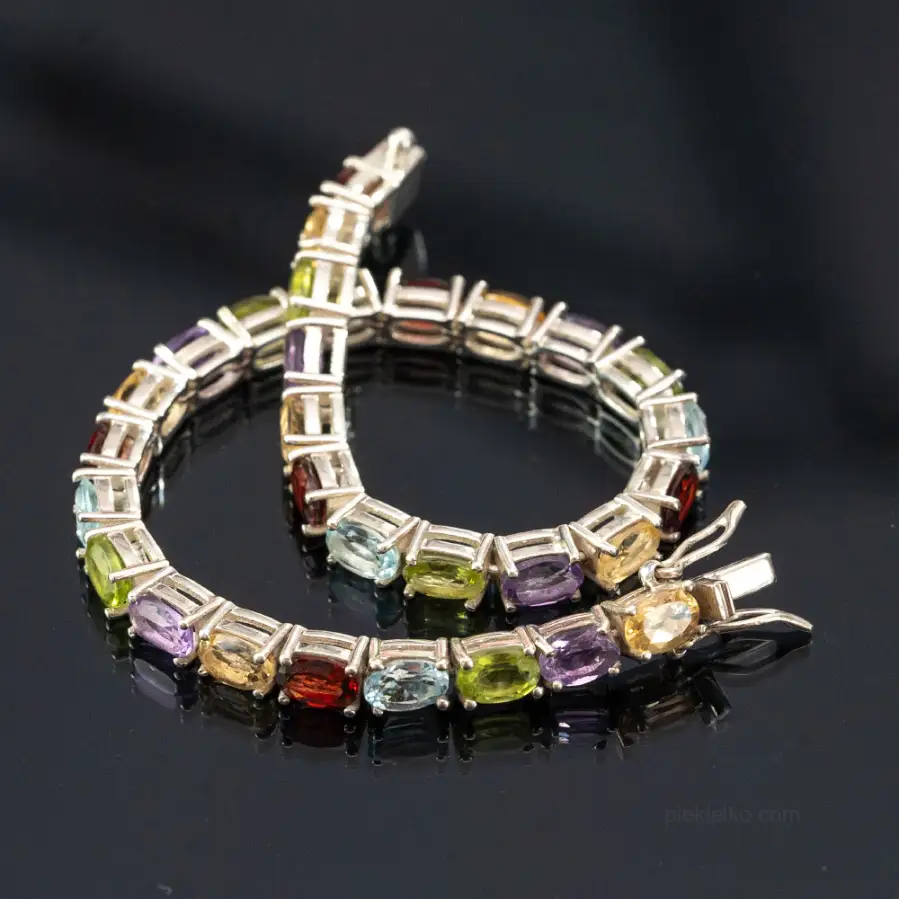
Indian silver bracelet with natural stones
590,00560,50 -
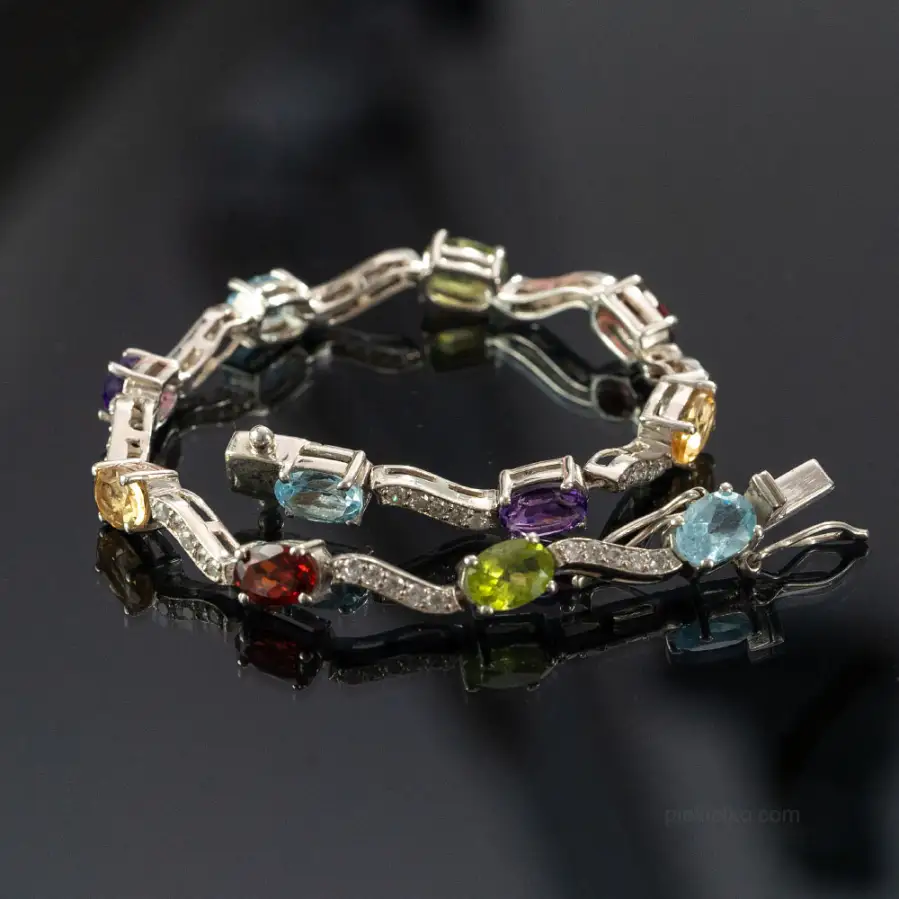
Oriental silver bracelet with colorful stones
620,00589,00 -

Silver power ring with amethyst
480,00433,20 -
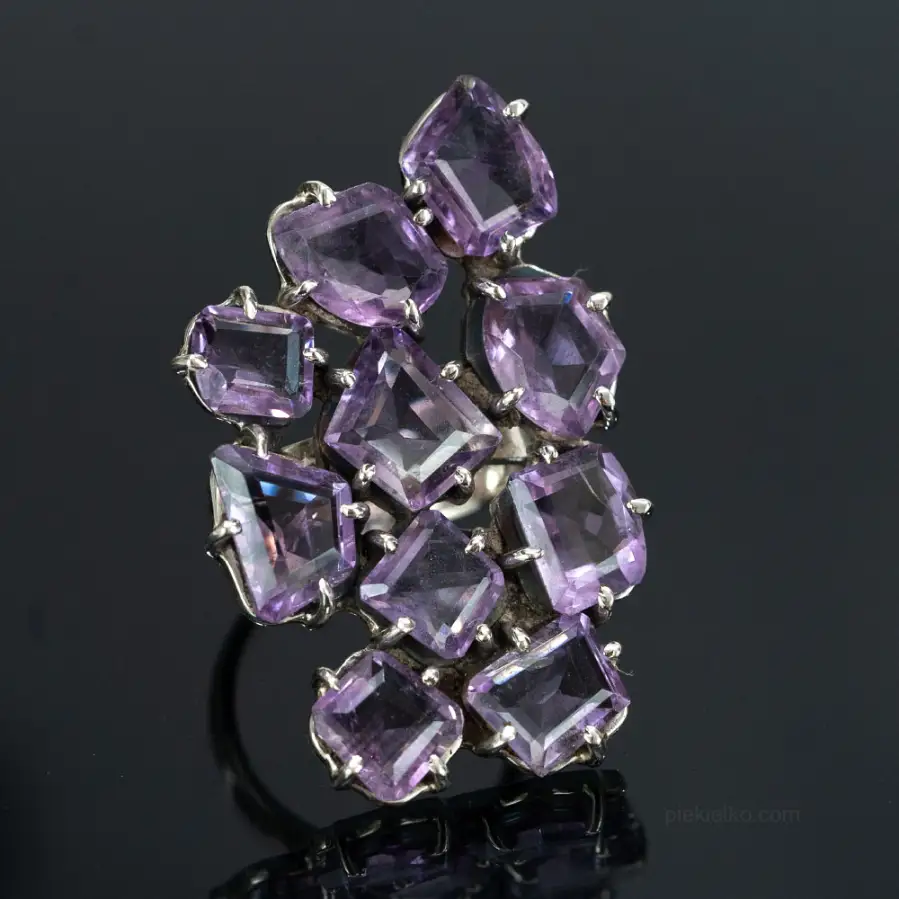
Magic of Violet – Large Ring with Amethysts
560,00505,40 -

Large Silver Ring with Natural Amethyst
560,00505,40 -
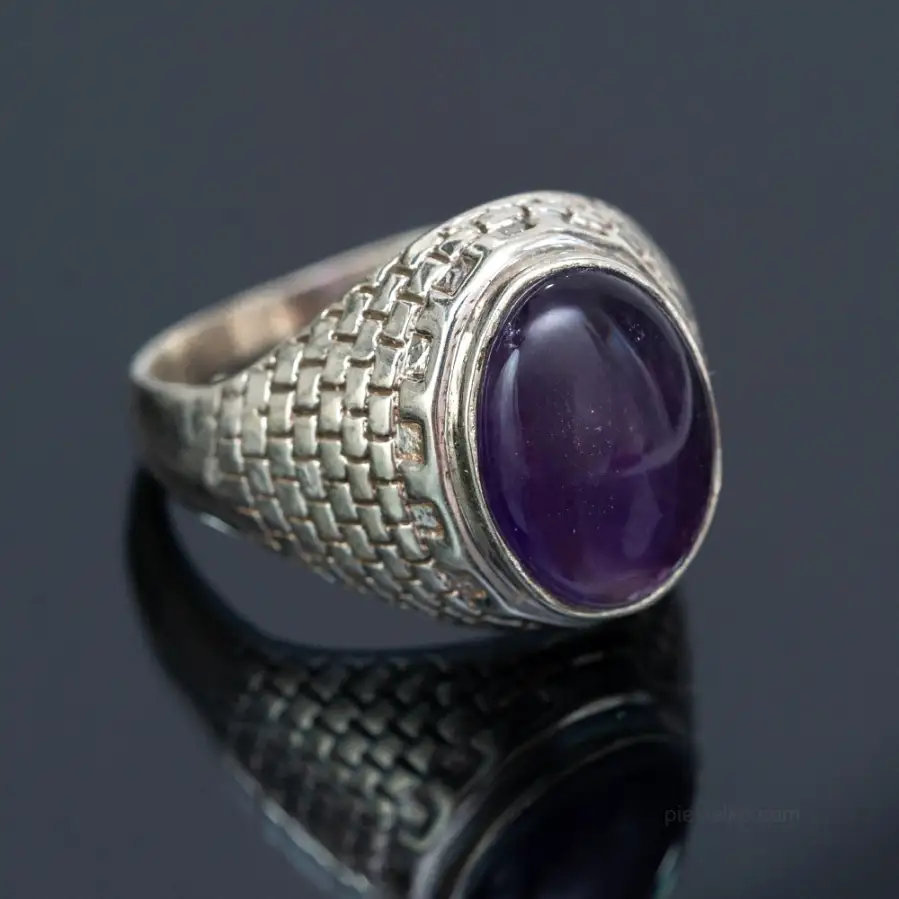
Silver signet ring with amethyst
350,00315,88 -
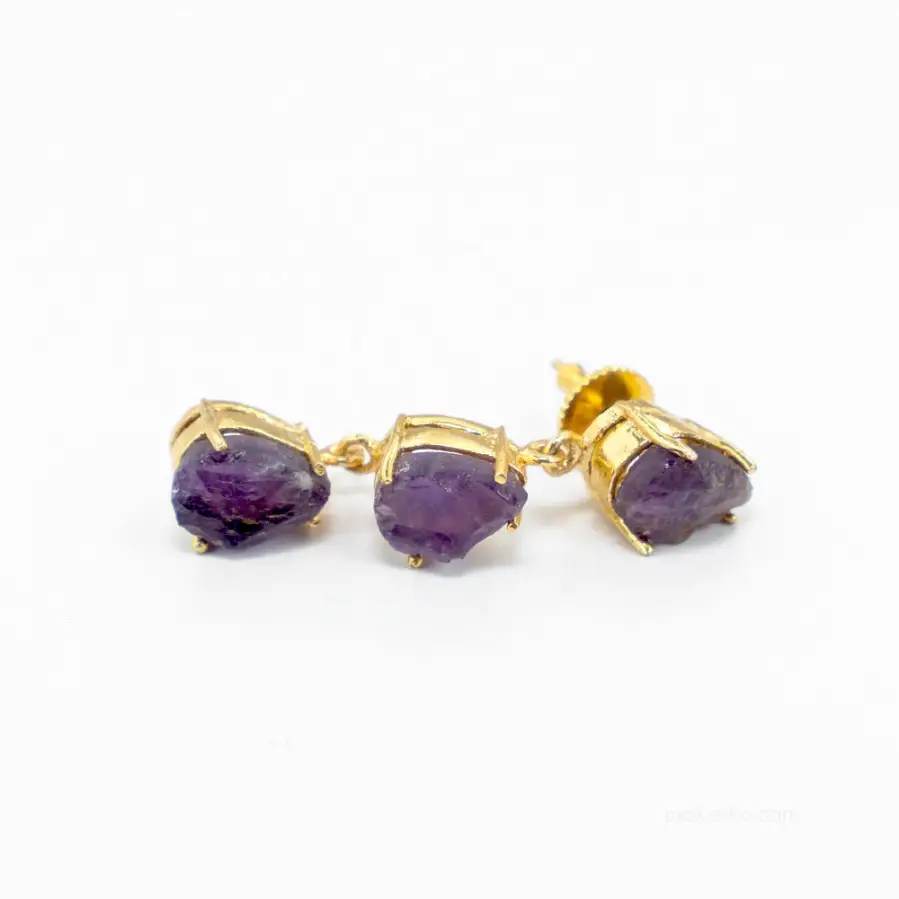
Earrings with natural amethyst
149,00141,55 -

Long gold-plated earrings with amethysts
210,00199,50 -
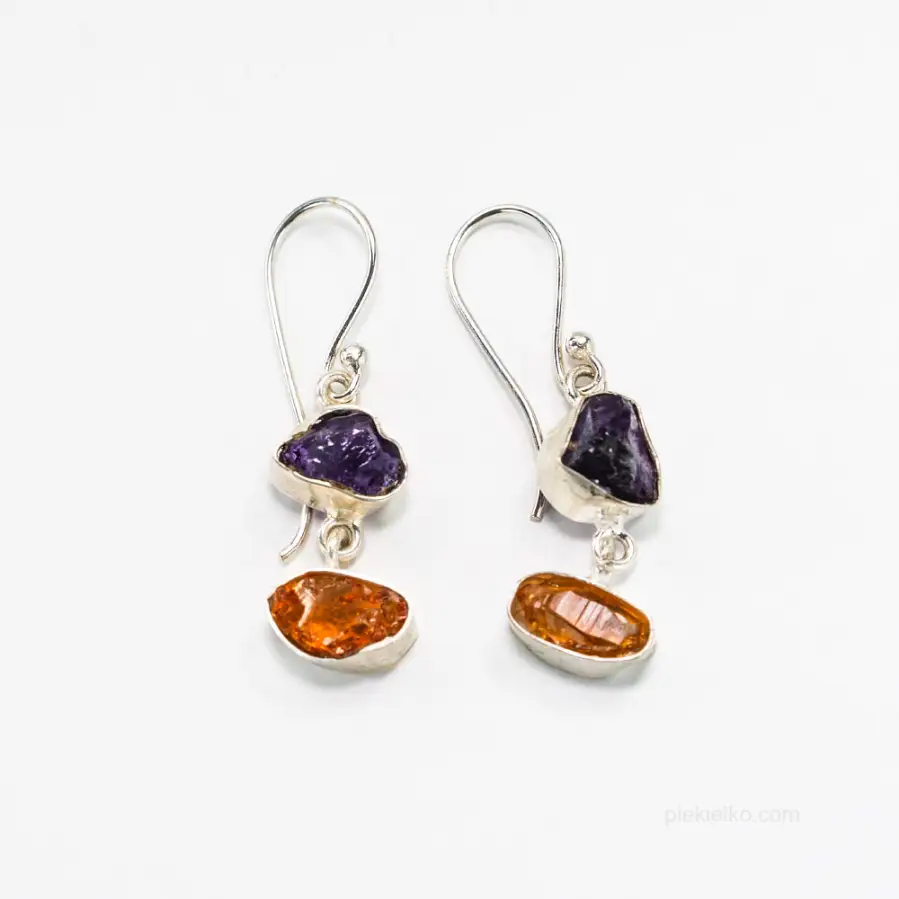
Amethyst and citrine crystal earrings
150,00142,50 -
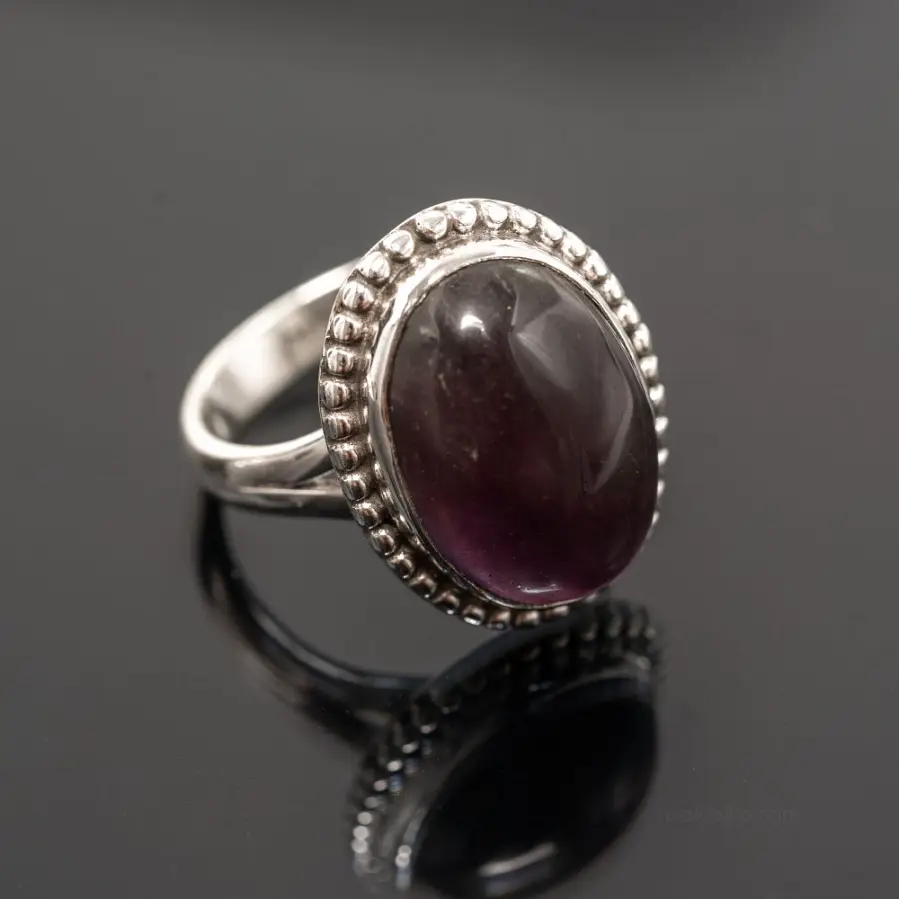
A gift with an amethyst - for a special person
350,00315,88 -
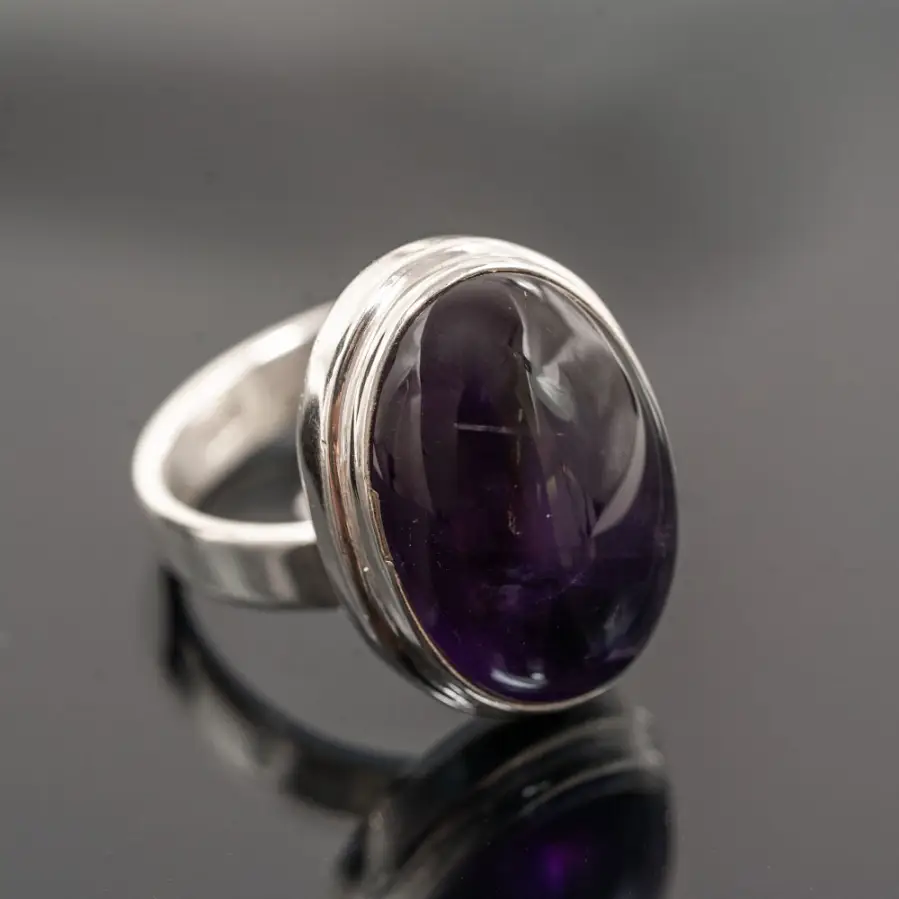
Silver adjustable ring with amethyst
430,00388,08 -
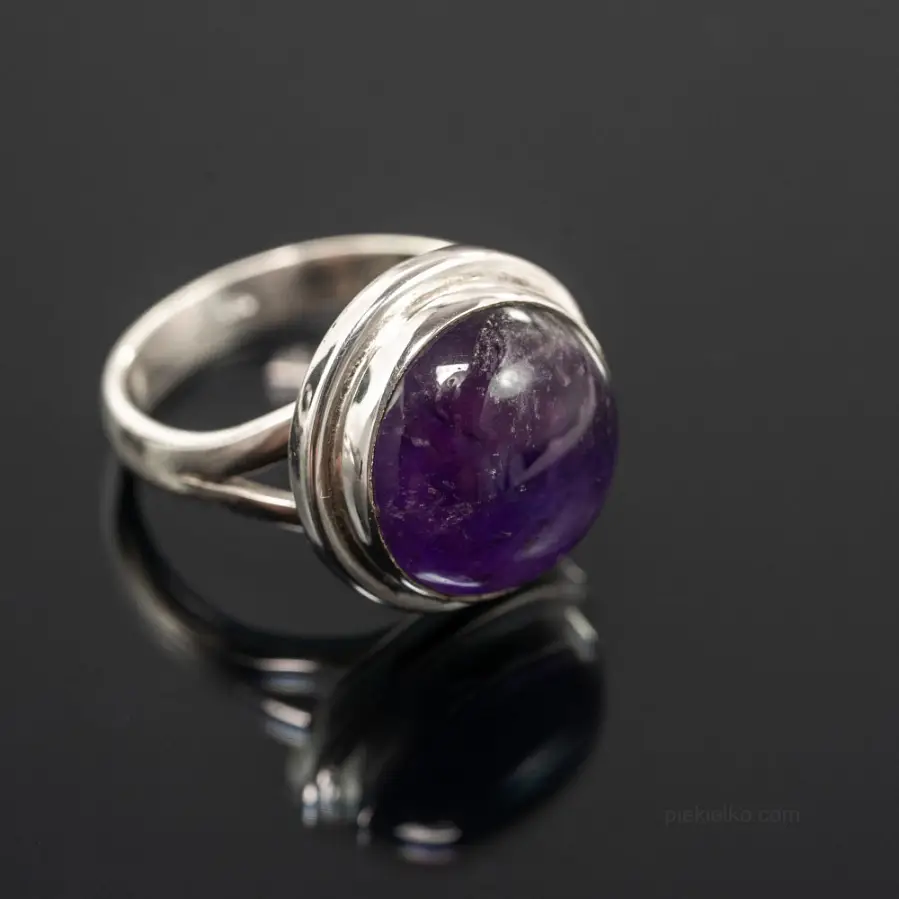
Purple Touch - Unique Ring
340,00306,85 -
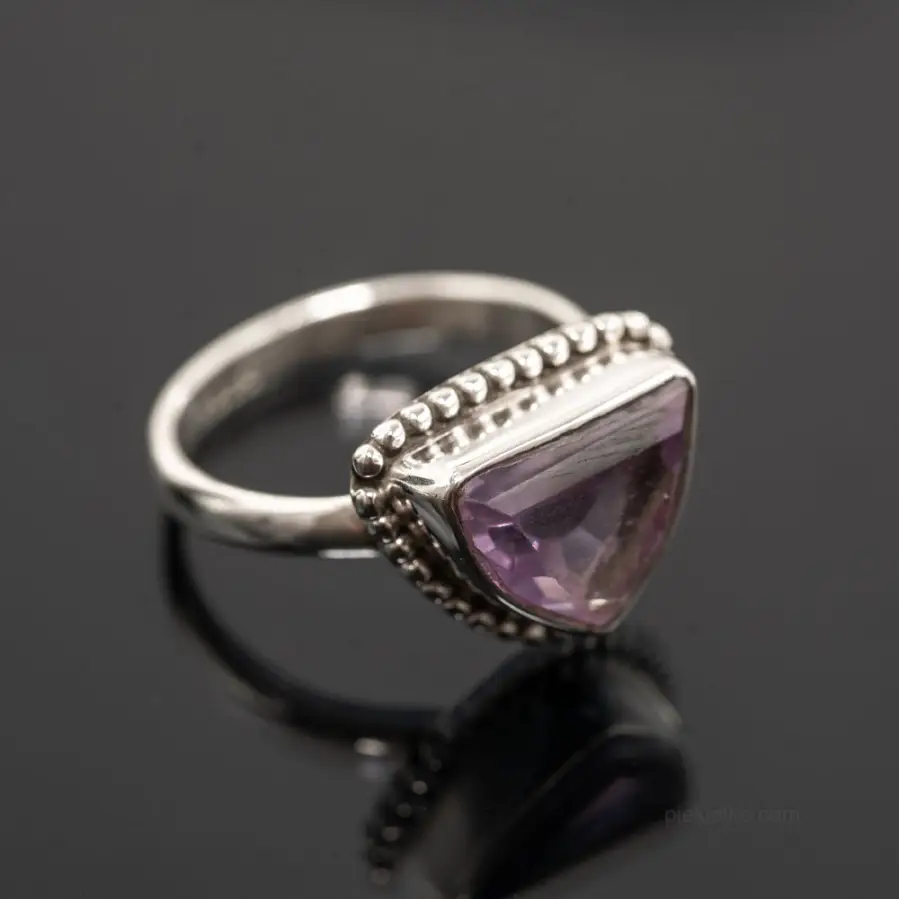
King of Violets - Silver Ring with Amethyst
300,00270,75 -
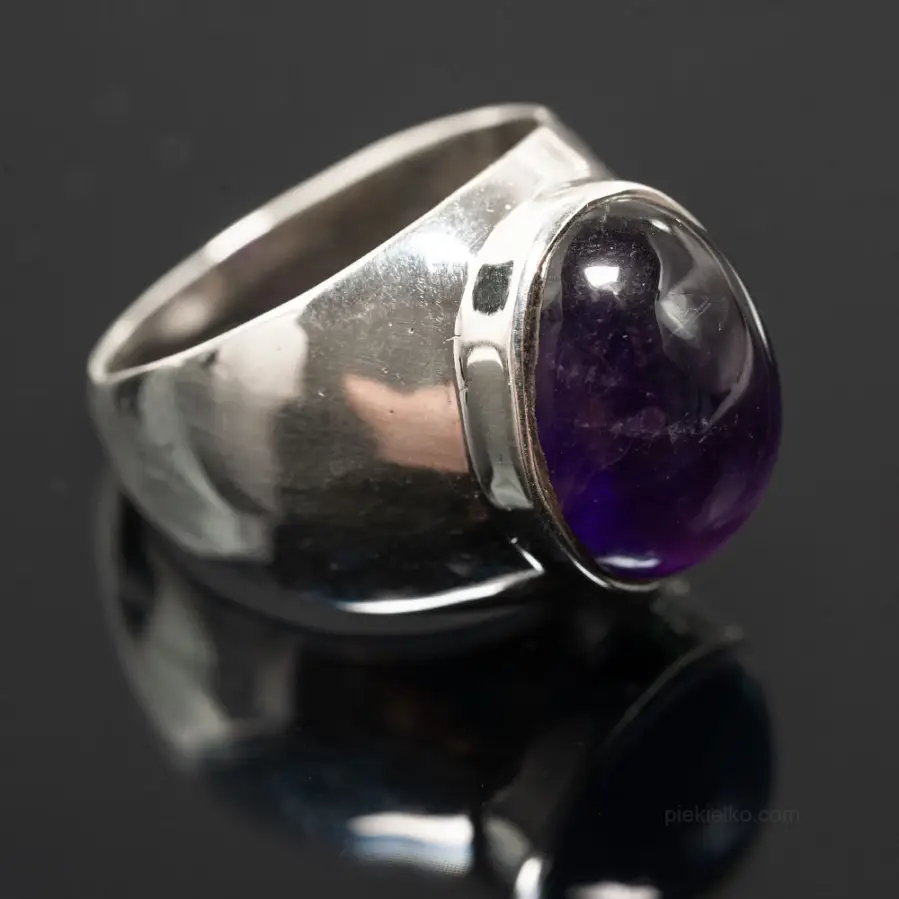
Elegance of Amethyst - Silver Setting
360,00324,90 -
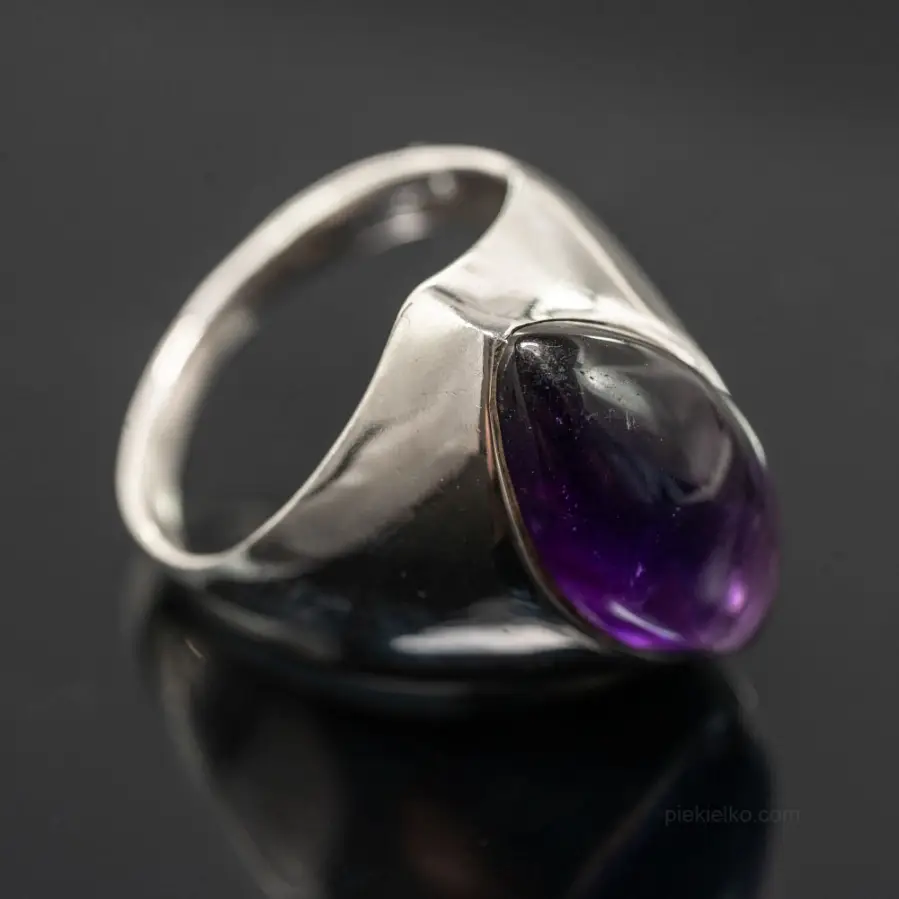
Gift of Nature - Amethyst Signet Ring
370,00333,93 -
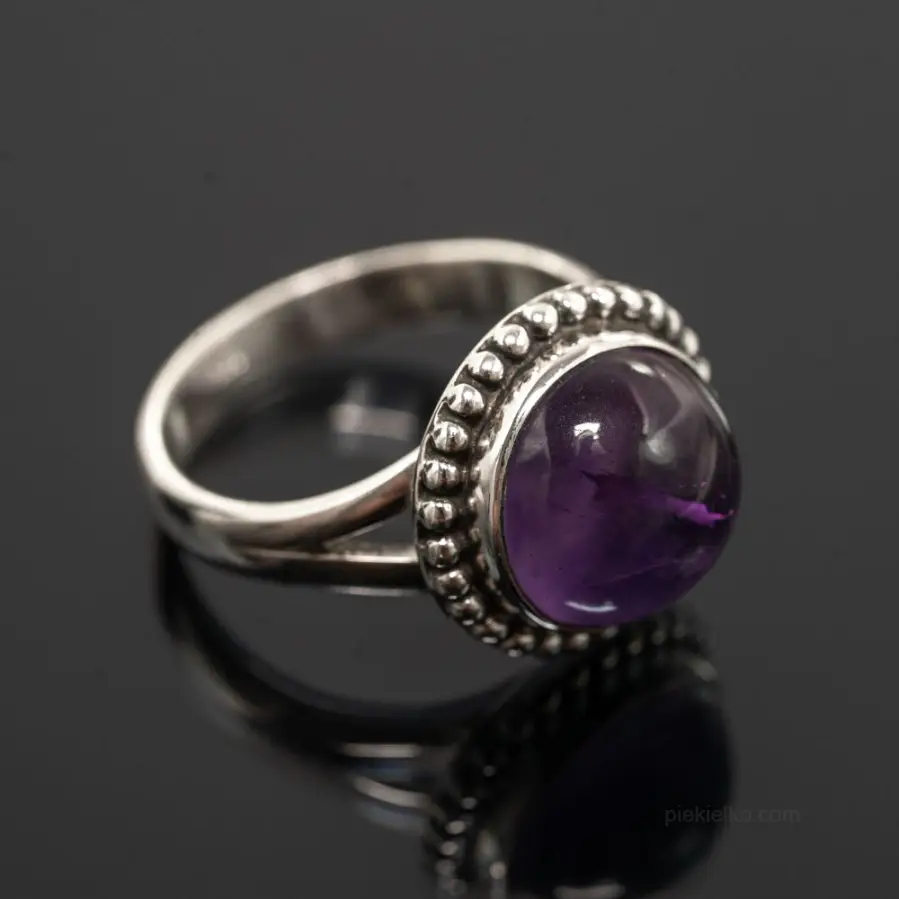
Silver ring with amethyst
290,00261,73 -

Nature's Gem Ring with Natural Amethyst
350,00315,88 -
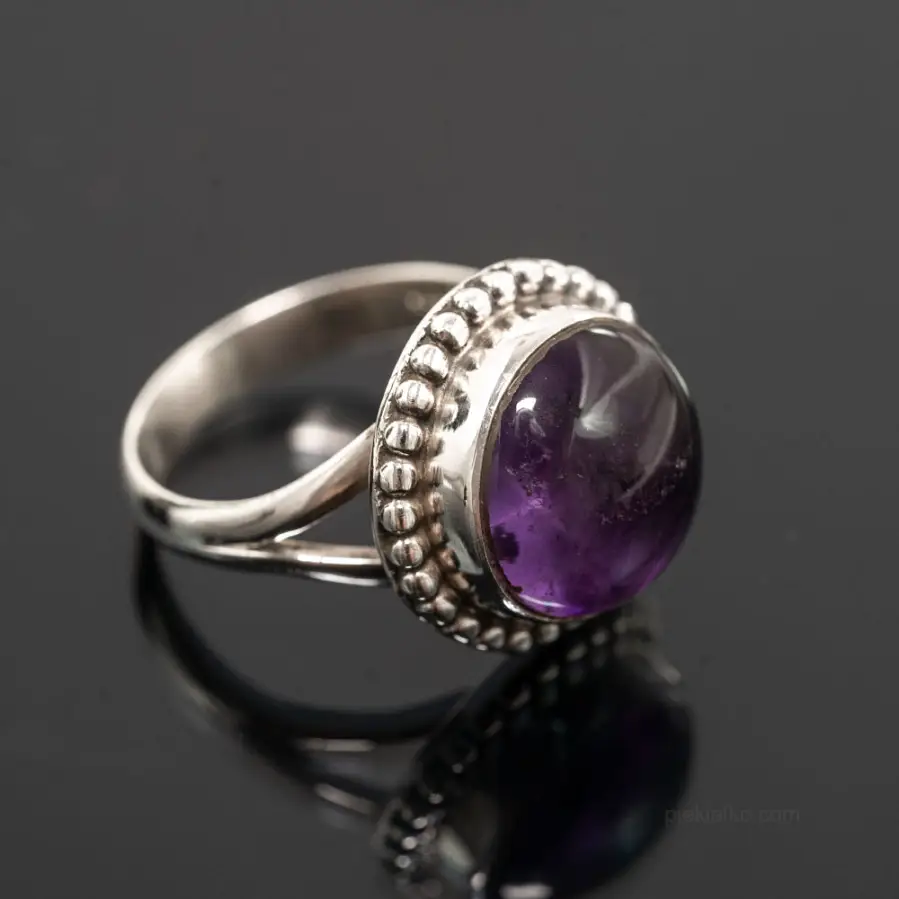
Amethyst ring
290,00261,73 -

Bracelet with amethyst and blue quartz
155,00 -
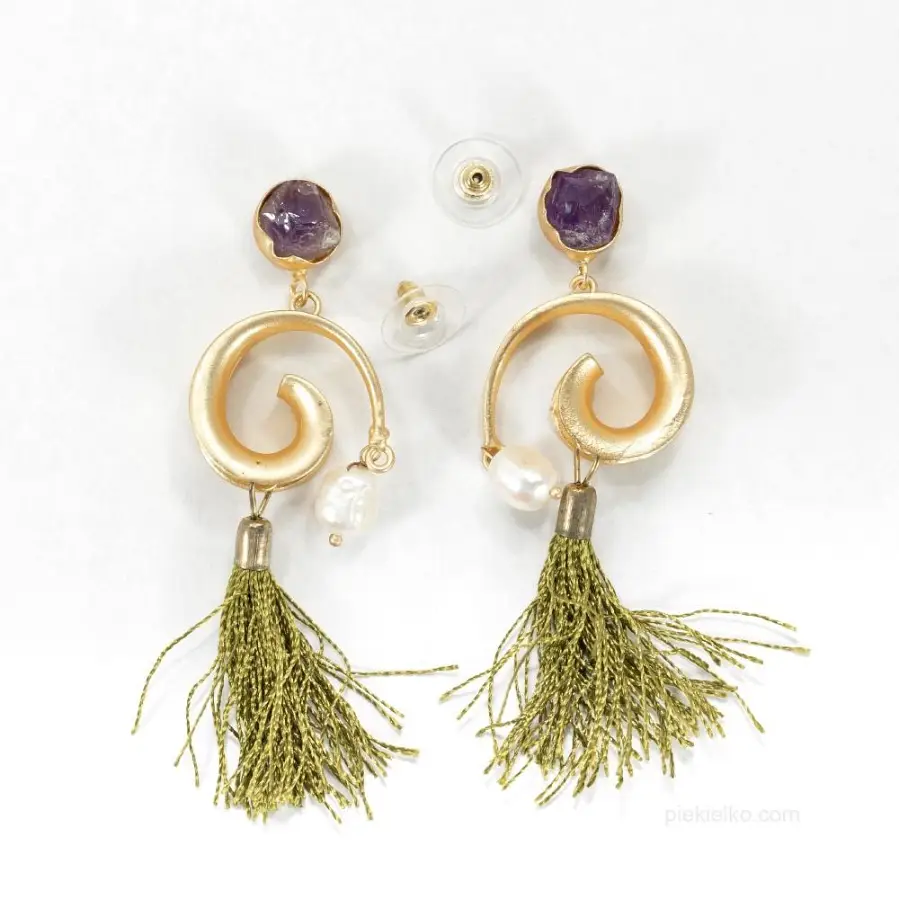
Artistic amethyst earrings with a baroque pearl
193,00110,01



© Piekielko.com

